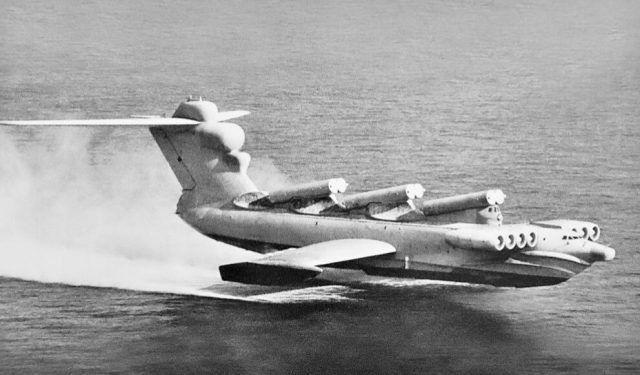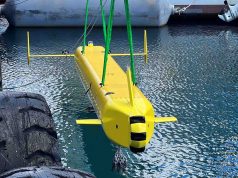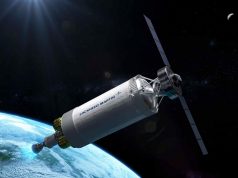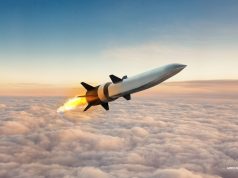The US Defense Advanced Research Projects Agency (DARPA) has released a request for information (RFI), seeking ideas for what could resemble the ekranoplane concept that was embraced by the Soviet and Russian navies in the 1980s and 90s.
As explained, DARPA is looking for novel seaplane and wing in ground effect (WIG) capable vehicles to augment traditional sea and air lift platforms which have significant operational constraints that limit flexibility.
Sea lift platforms provide highly efficient transportation of large payloads, but require long transit times (days to weeks), large highly developed ports, and large standoff distances in contested environments. Conventional strategic airlift platforms provide high speed, but require long prepared runways and have limited capability to support maritime operations.
Vertical takeoff and landing (VTOL) and other maritime aircraft have limited range / payload capacities and are dependent on shipboard or shore-based servicing and launch and recovery infrastructure.
WIG vehicles achieve increased aerodynamic efficiencies and address many of the operational limitations of traditional sea and air lift platforms in maritime theaters, but they are unable to operate in high sea states and have limited capability to avoid collisions in congested environments.
Because of all this, DARPA is interested in the design of a new class of vehicle that addresses the major operational limitations of traditional air and sea lift platforms.
Some of the specific features that the agency envisions for the new concept are takeoff and landing in the water (up to Sea State 3) for runway independence, a maximized flight time in ground effect for increased range, endurance, and survivability, as well as an extended out of ground effect flight capability for obstacle avoidance, flight over land, weather avoidance, etc. Another feature would be a large operational payload (over 100 tons) and the capability of carrying multiple amphibious vehicles.
DARPA also noted that current aircraft manufacturing methods would result in an exquisite solution that would be too expensive to effectively allow the purchase quantities desired.
This is why one of the main goals of the RFI will be to determine what innovative manufacturing techniques can be applied to the concept to reduce overall system cost from standard $/lb. estimates for large aircraft.
The RFI will also explore ideas to help frame potential future program investments in this new concept.



























